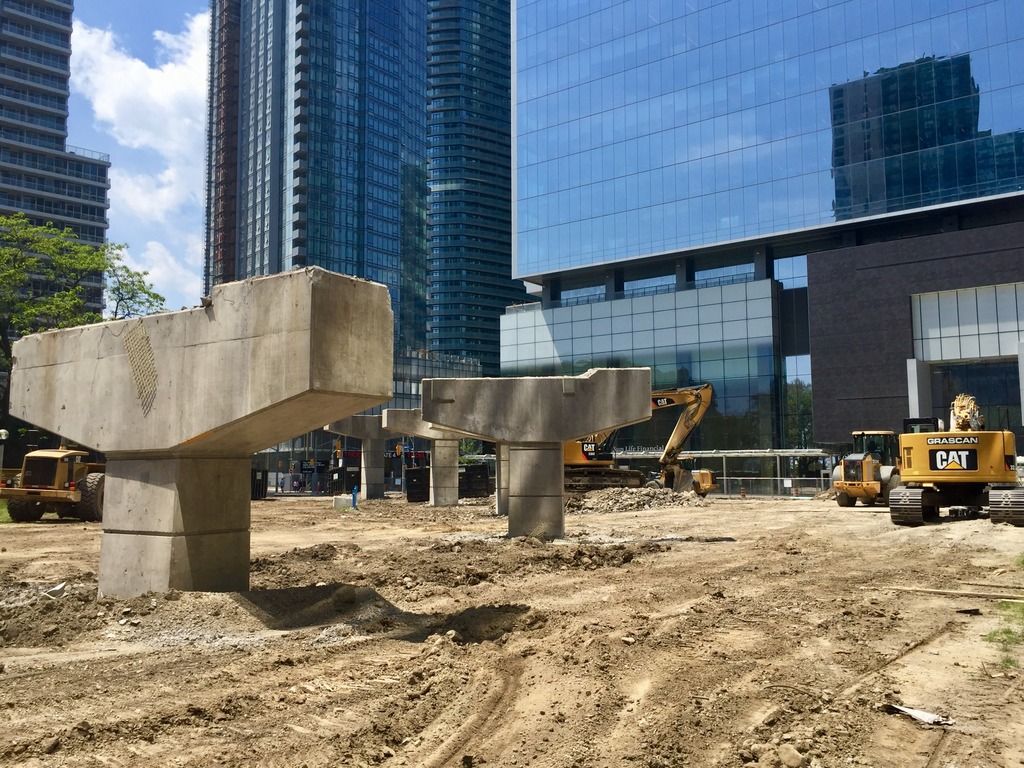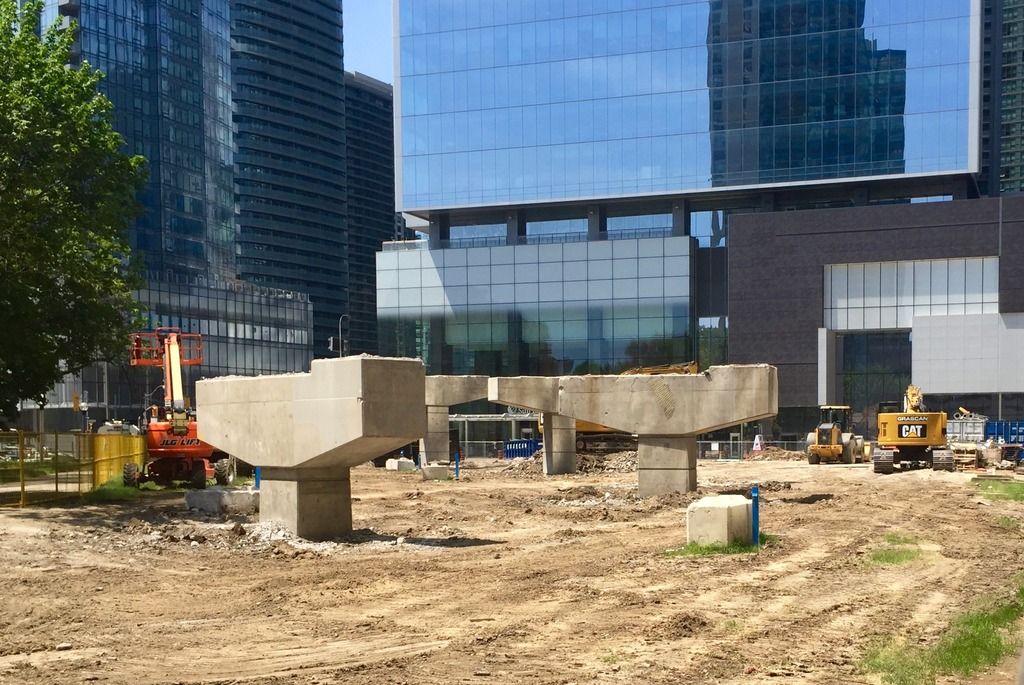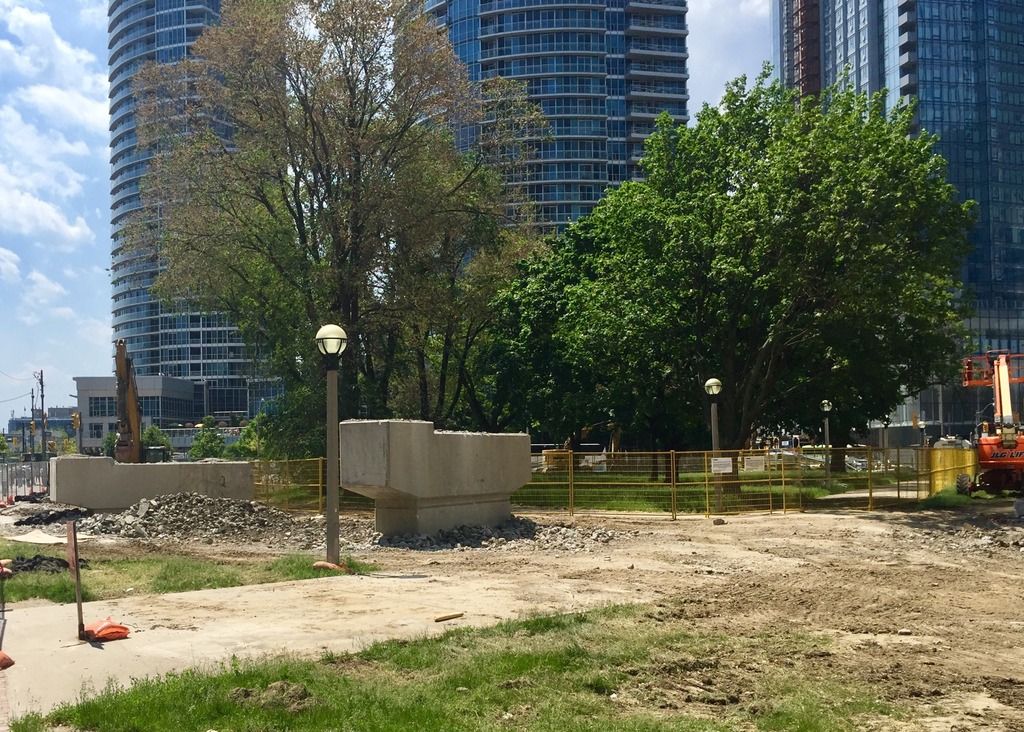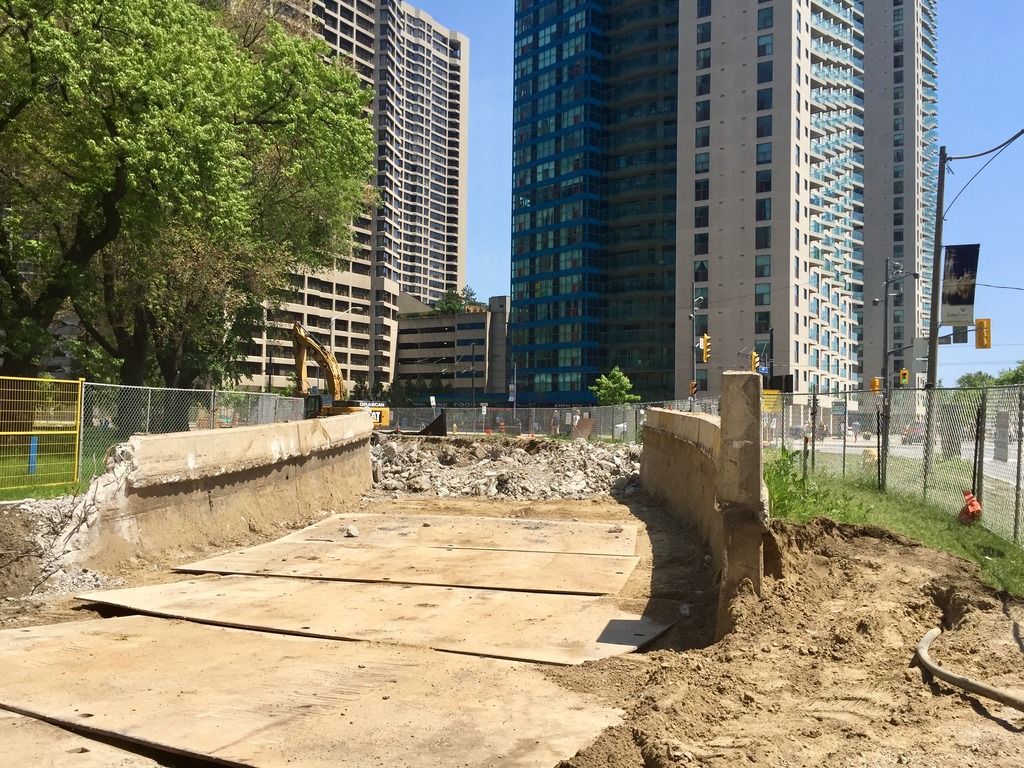DSC
Superstar
Member Bio
- Joined
- Jan 13, 2008
- Messages
- 18,768
- Reaction score
- 25,723
- Location
- St Lawrence Market Area
Take a look at the EA renderings WAAAAY back on this thread.This is such a weird little corridor now. Huge buildings on either side. A busy surface road and what? A few trees and a widened sidewalk? I'm glad the ramp is down, but it's weird trying to imagine what it will become.





